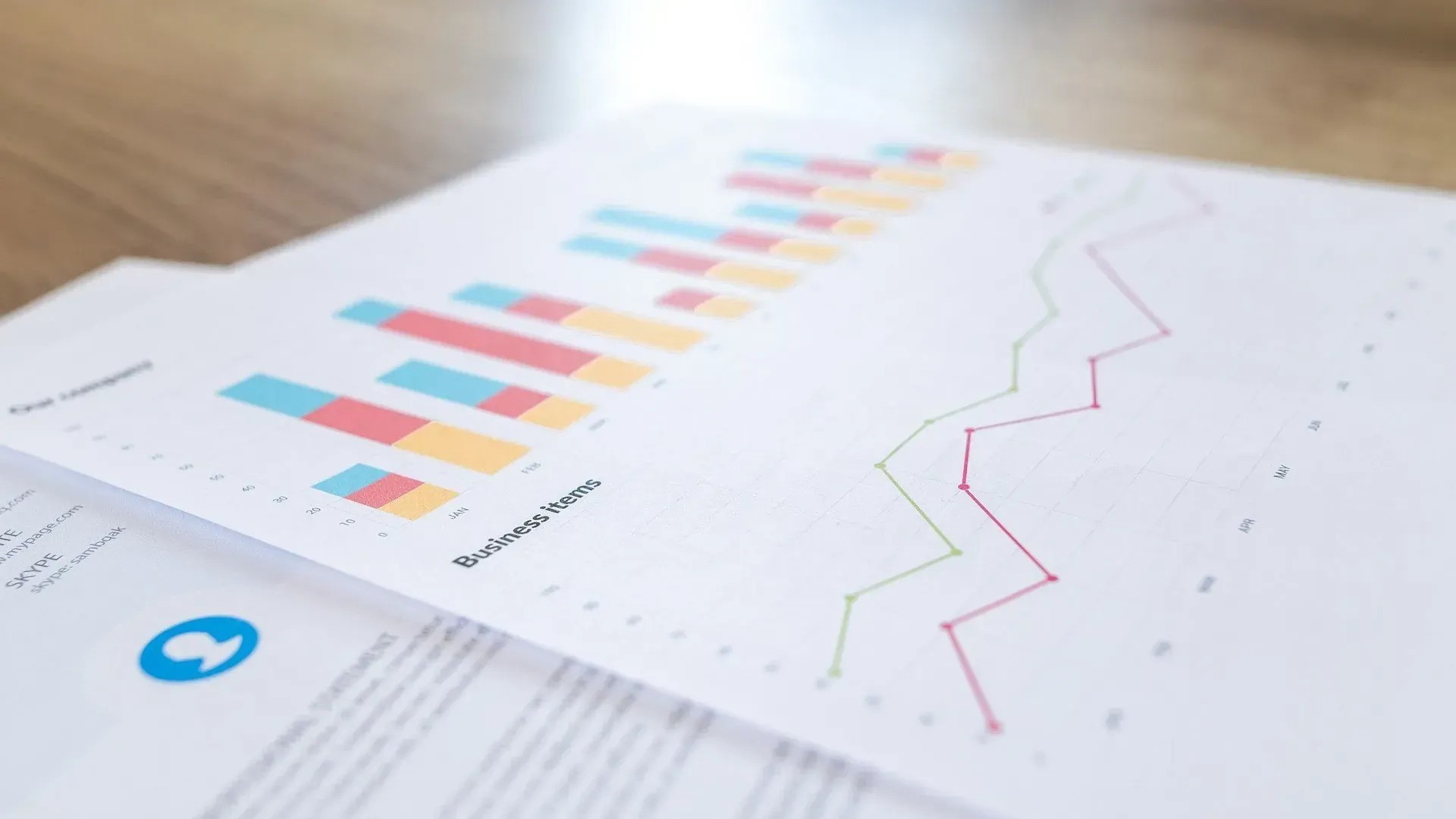How Analytics Can Help Small Businesses Compete with Giants ?
In today’s competitive business environment, small businesses often face the daunting challenge of competing against industry giants with seemingly endless resources. Yet, in this digital age, data analytics has emerged as the great equalizer. By harnessing the power of analytics, small businesses can uncover insights, make smarter decisions, and carve out a niche in the marketplace. Let’s explore how small businesses can use analytics to level the playing field.
Understanding the Power of Data
Data is no longer the domain of large corporations. With the advent of affordable tools and technologies, small businesses can now collect, analyze, and act on data to understand customers better, optimize operations, and make informed decisions. Analytics helps businesses learn what customers want, how they behave, and what influences their decisions. Identifying inefficiencies and streamlining processes can significantly reduce costs. Data-driven strategies replace guesswork with facts, leading to more successful outcomes.
Key Areas Where Analytics Can Make a Difference
Personalized Customer Experiences
One of the advantages small businesses have is their ability to build personal relationships with customers. Analytics enhances this capability by tracking purchasing habits and preferences, offering personalized recommendations based on past behavior, and identifying trends to proactively meet customer needs. For example, a local bakery could analyze sales data to determine the most popular items and adjust its inventory or promotions accordingly.
Targeted Marketing Campaigns
While large companies may have bigger marketing budgets, small businesses can achieve better ROI by leveraging analytics to identify their ideal customer demographics, pinpoint the most effective marketing channels, and track campaign performance in real time to make adjustments as needed. By focusing on precision rather than scale, small businesses can reach the right audience without wasting resources.
Competitive Pricing Strategies
Analytics can help small businesses monitor competitors’ pricing and market trends. Tools like dynamic pricing algorithms allow businesses to offer competitive prices without sacrificing margins, adjust pricing based on demand and seasonality, and provide discounts strategically to attract new customers while retaining profitability.
Operational Efficiency
Efficient operations are crucial for small businesses operating on tight margins. Analytics can identify bottlenecks in supply chains or workflows, predict inventory needs to avoid overstocking or stockouts, and optimize staffing based on peak and slow periods. These insights lead to smoother operations and cost savings.
Customer Retention
Retaining a customer is more cost-effective than acquiring a new one. Analytics helps small businesses track customer satisfaction through surveys and reviews, identify patterns of churn to take proactive measures, and implement loyalty programs that resonate with their audience. By focusing on retention, businesses can build stronger, longer-lasting relationships with their customers.
Affordable Tools for Small Businesses
One of the most accessible and powerful tools for small businesses is Tableau. Tableau enables businesses to visualize data through intuitive dashboards, identify key insights quickly and effectively, and make data-driven decisions without requiring extensive technical expertise.
How Arctic Analytx Can Help
At Arctic Analytx, we specialize in helping small businesses unlock the potential of their data. Our services are designed to be accessible and impactful. We customize analytics strategies to meet the unique needs of your business and provide expert Tableau implementation, ensuring that you can set up and optimize this powerful tool to deliver maximum value. Our hands-on training sessions empower your team to leverage Tableau with confidence, and we offer continuous assistance to ensure your analytics journey delivers measurable results.
Conclusion
Competing with industry giants is no small feat, but with the right approach to data analytics, small businesses can punch above their weight. By leveraging insights to understand customers, optimize operations, and refine strategies, small businesses can not only survive but thrive in the face of competition. Arctic Analytx is here to guide you on this transformative journey—helping you harness the power of data to achieve your goals. Let’s turn your data into a competitive advantage today.



